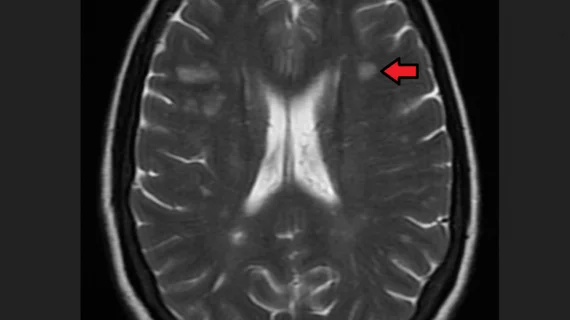New lesion measurement better predicts MS progression
A new method for measuring lesions might better predict the progression of multiple sclerosis in comparison to traditional methods.
Currently, clinicians use MRI scans to count new or enlarging sclerotic lesions as a marker of MS progression, which is correlated with the severity of patients’ disabilities. But experts involved in a new paper published in Multiple Sclerosis and Related Disorders have reported that these measurements are limited in that they do not account for heterogeneity of lesion formation/enlargement frequency or their volumetric behavior.
In the paper, the researchers present a new method that considers how already existing lesions grow over time as an indicator of disease progression [1].
Over a period of 10 years, experts followed the cases of 176 early relapsing-remitting patients with multiple sclerosis to better understand their disease progression. The patients’ annual MRI exams were used to identify new and enlarging lesions and to assess lesion growth over time.
Beginning at the four-year mark, patients with confirmed disability progression had greater cumulative new/enlarging sclerotic lesion volume in comparison to stable patients. Increasing lesion volume parameters were found to be more predictive of disease progression than lesion counts and enlarging lesion counts.
Corresponding author Robert Zivadinov of the Buffalo Neuroimaging Analysis Center and colleagues noted that these measurements could be used in the future to better manage care for patients with worsening disabilities attributed to MS.
“This suggests that simply counting new/enlarging lesions or calculating total T2-LV changes may have disadvantages compared to assessing their volume separately,” the authors suggested. “This finding may help to illuminate an existing gap in the MS literature, given that evidence for correlation between lesion counts and clinical outcomes over mid- to long-term is mixed.”
The study abstract is available here.

